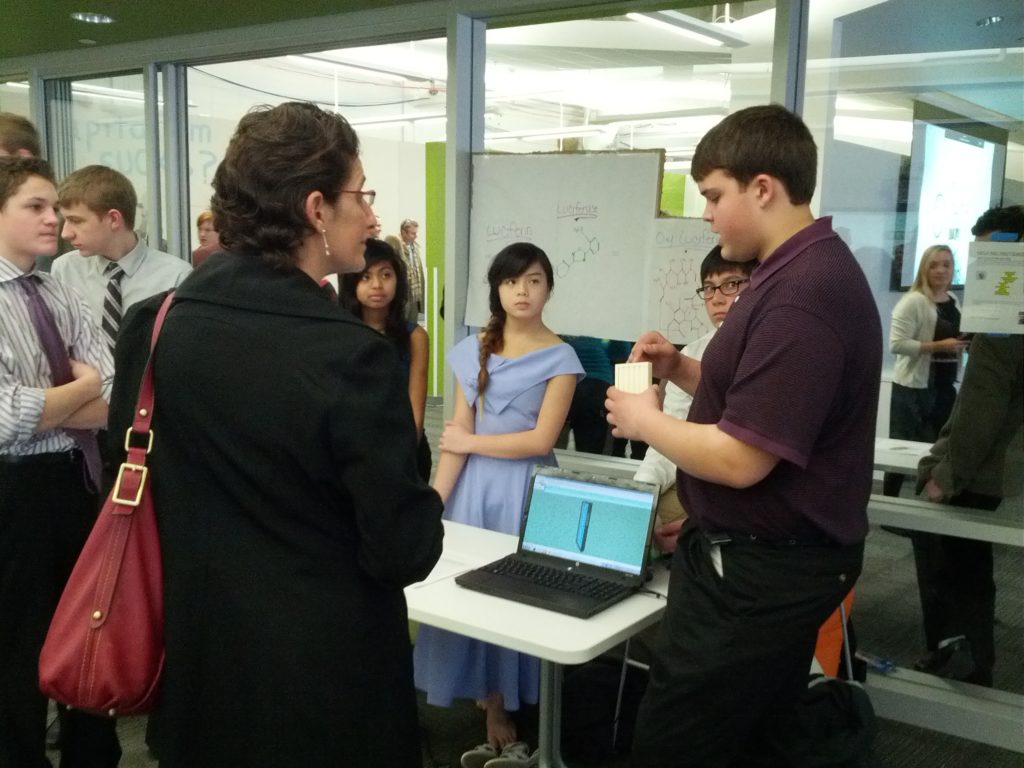
One of the weaknesses of our modern education system is that content has become so siloed that students rarely see the connections between subjects or connections with their world. Integrated projects can break down these walls when students investigate authentic problems that cross subject lines.
I have team-taught social studies with English and math with science. I have also designed numerous projects that integrated multiple content areas. Integrated projects can be challenging to plan and manage, even for experienced PBL teachers. Here are 6 tips that I have learned to make integrated projects powerful learning experiences for all students.
6 Tips For Powerfully Integrated Projects
1. Get everyone on board
I tend to get really excited when brainstorming integrated projects. A few years ago, some colleagues and I came up with a Shark Tank-style project solving issues that are remnants of the modern Industrialization. We were mostly humanity teachers but thought that it would make a great school-wide project.
In our eagerness sharing with the rest of the staff, we overwhelmed them and teachers felt forced into something that they weren’t comfortable with. People deserve the opportunity to process what they are being asked to be a part of.
What I learned is that it is as important to get group buy-in, as it is to plan something great. For future ideas, I created a Google Doc pitch of the concept. Then I shared it with commenting rights to everyone involved a week before we were scheduled to discuss it. This gave everyone an opportunity for their voice to be heard both in support and with concerns. It also gave time for people to process the proposal without feeling overwhelmed by my zeal.
The result was a huge success as people who were hesitant before, now were committed to join.
Check out numbers 2-6 at TeachThought where this was originally posted.
